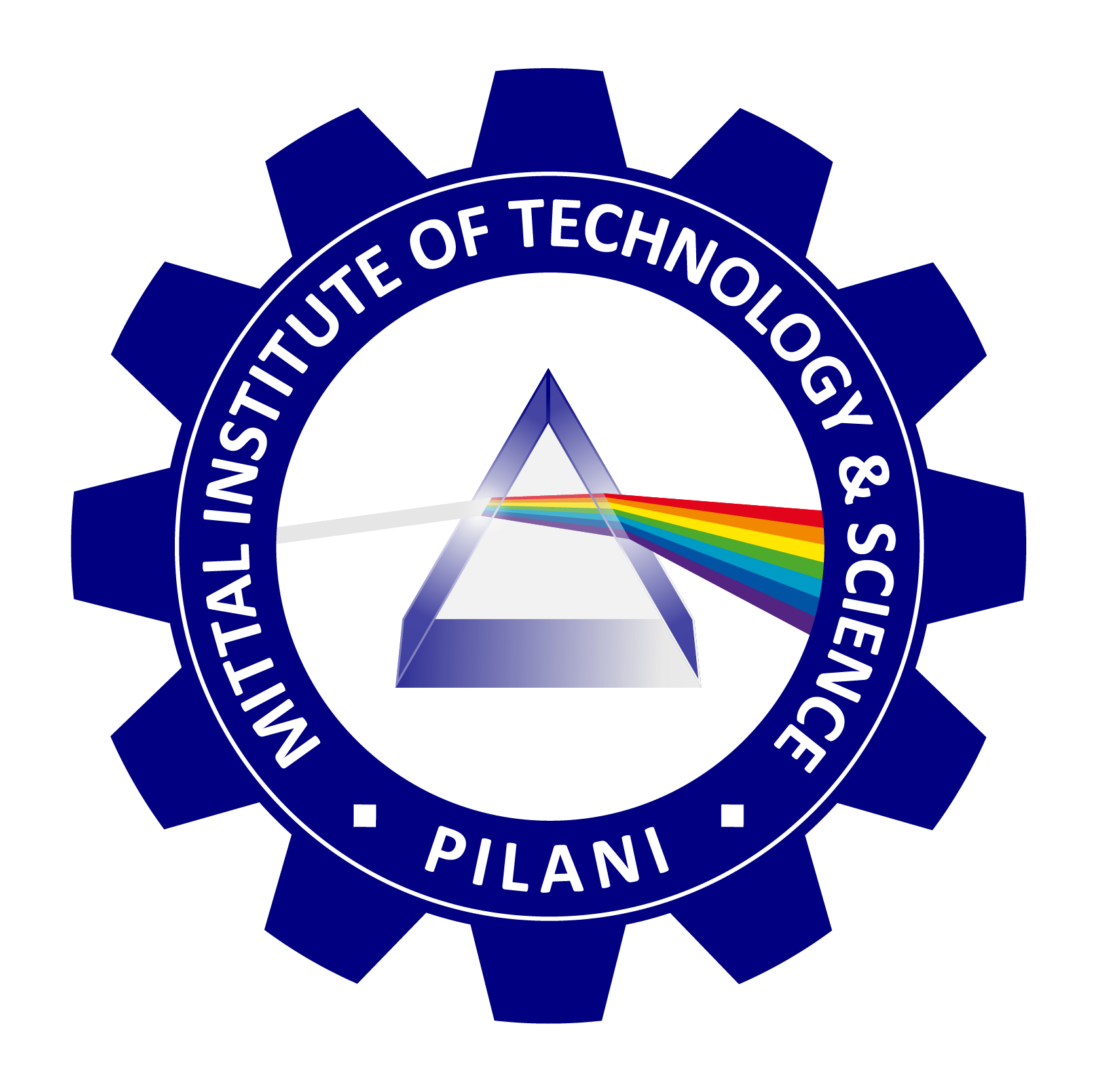
MITTAL INSTITUTE OF TECHNOLOGY & SCIENCE, PILANI
GNSS Algorithms: Precision in Global Navigation
Introduction
Global Navigation Satellite Systems (GNSS) have revolutionized positioning, navigation, and timing (PNT) services across the globe. Systems such as GPS (USA), GLONASS (Russia), Galileo (EU), and BeiDou (China) provide satellite-based signals that allow users on Earth to determine their location accurately and in real-time. The efficiency and reliability of GNSS depend significantly on the algorithms used to process the satellite signals. These GNSS algorithms play a vital role in converting raw satellite data into usable navigational information.
Core Concepts of GNSS
GNSS works on the principle of trilateration, where the position of a receiver is determined by measuring the distance from multiple satellites. Each satellite transmits a signal containing the time it was sent and its own position. The receiver uses the difference between the transmission and reception times to calculate its distance from each satellite, ultimately deriving its own position.
Categories of GNSS Algorithms
- Signal Acquisition and Tracking Algorithms
- These algorithms identify and lock onto the signals from satellites.
- Techniques include Fast Fourier Transform (FFT)-based correlation and Doppler shift estimation.
- Signal tracking ensures continuous reception by adjusting for relative motion and satellite dynamics.
- Positioning Algorithms
- Basic positioning is done using Least Squares Estimation, solving a set of nonlinear equations to find user coordinates.
- Advanced techniques include Kalman Filters, which provide recursive solutions and can fuse data from other sensors like IMUs (Inertial Measurement Units).
- Extended Kalman Filters (EKF) are widely used for nonlinear models typical in GNSS positioning.
- Error Correction Algorithms
GNSS accuracy is affected by various sources of error such as atmospheric delay, satellite clock errors, and multipath interference.
- Ionospheric and Tropospheric Correction: Models like the Klobuchar model for ionosphere and Saastamoinen model for troposphere help in compensating delays.
- Differential GNSS (DGNSS): Uses a reference station to broadcast correction data.
- Real-Time Kinematic (RTK) and Precise Point Positioning (PPP) are high-precision techniques using phase measurements and correction data for centimeter-level accuracy.
- Integrity Monitoring Algorithms
- These ensure the trustworthiness of GNSS data, essential for applications like aviation and autonomous driving.
- Receiver Autonomous Integrity Monitoring (RAIM) algorithms detect and exclude faulty satellite signals to maintain reliable positioning.
- Multi-GNSS and Sensor Fusion Algorithms
- Modern receivers often combine signals from multiple GNSS constellations, improving accuracy and robustness.
- Sensor fusion algorithms integrate GNSS data with inertial sensors, cameras, and LIDAR using probabilistic frameworks like Bayesian filtering and SLAM (Simultaneous Localization and Mapping).
Challenges in GNSS Algorithm Design
- Urban Canyon Effects: Multipath reflections and signal blockages in dense urban areas demand robust algorithms for signal selection and correction.
- Spoofing and Jamming: Security algorithms are needed to detect and mitigate intentional signal interference.
- Real-Time Constraints: Many GNSS applications require low-latency processing, challenging algorithm designers to optimize for speed and efficiency.
Applications
GNSS algorithms are foundational to various sectors:
- Aviation: Precision approach and landing systems.
- Agriculture: Precision farming and automated equipment guidance.
- Autonomous Vehicles: High-accuracy positioning integrated with onboard sensors.
- Geodesy: Measuring tectonic movements and land deformation.
Future Trends
- Machine Learning in GNSS: AI is increasingly used for multipath detection, anomaly prediction, and adaptive signal tracking.
- Quantum GNSS: Research is underway on quantum-based clocks and inertial sensors to enhance GNSS independence and accuracy.
- 5G and GNSS Integration: Hybrid positioning systems combining GNSS with 5G cellular networks promise higher availability and precision.
GNSS algorithms are at the heart of modern navigation and positioning technologies. As applications demand higher accuracy, reliability, and robustness, ongoing innovation in GNSS algorithm design becomes critical. From correcting signal distortions to integrating multi-sensor data, these algorithms enable everything from smartphone navigation to scientific exploration and autonomous transport systems. The evolution of GNSS will continue to depend on the sophistication and adaptability of its core algorithms.

Professor Rakesh Mittal
Computer Science
Director
Mittal Institute of Technology & Science, Pilani, India and Clearwater, Florida, USA
